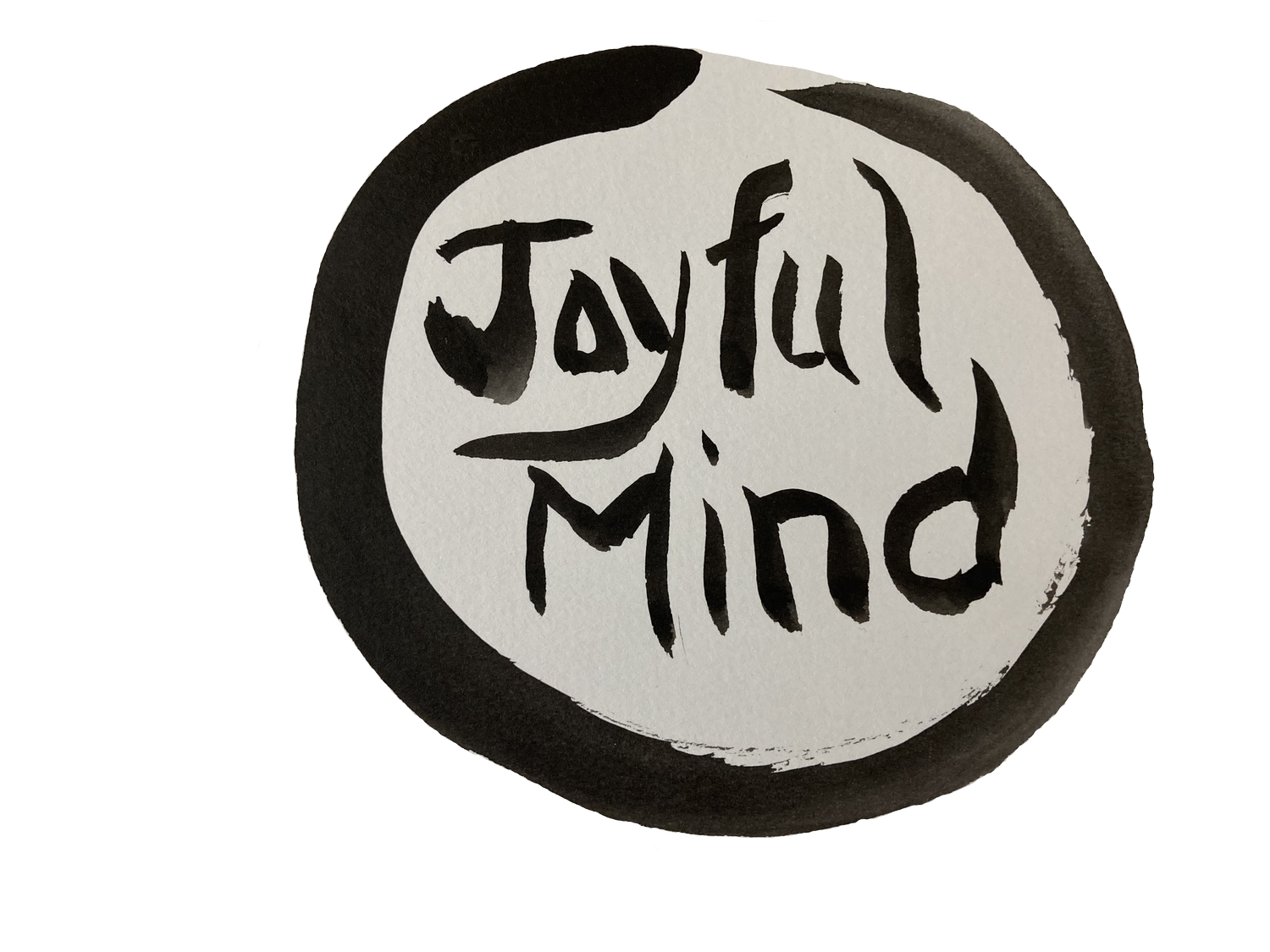
Zazen Basic Instructions
The word “Zen” means meditation; “Za-zen” means seated meditation.
Below are instructions on how to sit in Zazen, and how to build a home practice of Zazen.
Find time to practice daily on your own. Be willing to be still and present daily for a period of time, even if it’s 5 minutes. Trust that this practice will unfold for you.
Upright posture, alert but relaxed. Posture is important. Find a stable posture where you can be comfortable and upright. Sit with the whole body present and still in a chair or on a cushion or bench. Keep the spine upright, the top of the head and chest lifting up. Everyone’s body is different. Find a posture that works for you. Use a pillow or other props if needed. Remember to take a few deep breaths to start. Remember your intention for coming to meditation.
Place your hands in your lap or knees. Or form a circle with your hands, with one palm up against the abdomen, and your other hand (palm up) resting on it, thumbs touching lightly, forming an oval.
Keep your eyes soft. Your eyelids neither fully opened nor closed. A soft gaze downward but keep your head upright. Keep your lips and teeth closed with the tip of the tongue touching the back of the upper teeth. Relax. Take three deep breaths to start, to relax and calm the body, then resume natural breathing.
Pay attention to your breathing. This will help you be present to the moment. Start by being fully aware of each breath sensation entering and exiting the body. Pay attention to how it enters through the nose, sensing the chest rising naturally, and exhaling naturally. Feel the breath in your whole body, all your senses and organs participating. Breathe naturally but smoothly, smoothing out any rough edges, like an oval. Smooth inhalation and exhalation. Discover each breath as unique. Experience your body and breath in calm stillness, unified with the body. What does it feel like? There is no wrong way to experience breath—just paying attention is the practice. When you find your attention elsewhere, gently return to attention to breathing. As you practice more, start to expand your sense of harmony with sounds, light, the room, others, the world outside. Practice can be expanded continually with the breath.
If you have trouble concentrating, you may choose to count breaths, or use a word or phrase with each breath. After a gentle inhale, exhale with a silent reciting of “one” as the breath slowly exits the nose. Inhale and then exhale with “two” and so on until you reach “ten” and at the end, return to “one.” When one loses count or becomes distracted by thoughts, gently return to “one” and start again —without judgment. You may also use words silently: “In” on the inhale and “Out” on the exhale. You may use the words “deep” “slow” “calm and ease” or “rest” “present moment” as well. Speak to a teacher for more instruction.
No judging/be at ease/relax — It is called “Practice” because we do it over and over, each time new and different. All meditation periods are different with some being more distracting and some not. It’s okay as it is. It is important to relax and enjoy the time for your self. It’s most important not to judge or think you are doing it wrong. Be patient and practice kindness to yourself. Return to the practice without judgment. When you get lost in thoughts, allow attention to your breath and posture to bring you back to what’s happening in the present moment.
Return to the practice. Find a sense of alertness and awareness in the body and mind in harmony. After a while, your attention may drop off into spacious awareness. Rest there. When your mind wanders or you start thinking or planning, simply notice and return to your practice of breath, or open awareness. When the mind wanders, that is normal. The practice is to notice your mind has wandered, and then return to the breath. Each time you return, you are in the present moment. Over time, you strengthen the ability to focus.
Mindfulness. Find presence in daily life. Pay attention to your movements, thoughts, and breath when waking up, eating, moving, speaking. Simply stop and take 3 deep breaths any time you need to slow down. This is also Zen practice.
Practice daily with resolve—dedicate yourself to it. Consider a daily meditation to be like food or nourishment. Resolve to practice daily even if for 5-10 minutes at first. Try it for 30 days every day on a calendar. Get a timer or app. Build up to 25 or 30 minutes. This may take several months. Be patient. You are training yourself to be aware and kind to yourself. You may sit on a cushion or chair. Set a strong vow to practice; remember the reasons you came to Zen. Commit to sitting every day.
Speak to a Teacher for any questions, or just for encouragement.
Try practicing with a group.
You may enjoy this instructional Video from Roshi Ellen Birx at New River Zen, an affiliated group of Joyful Mind Zen Community

